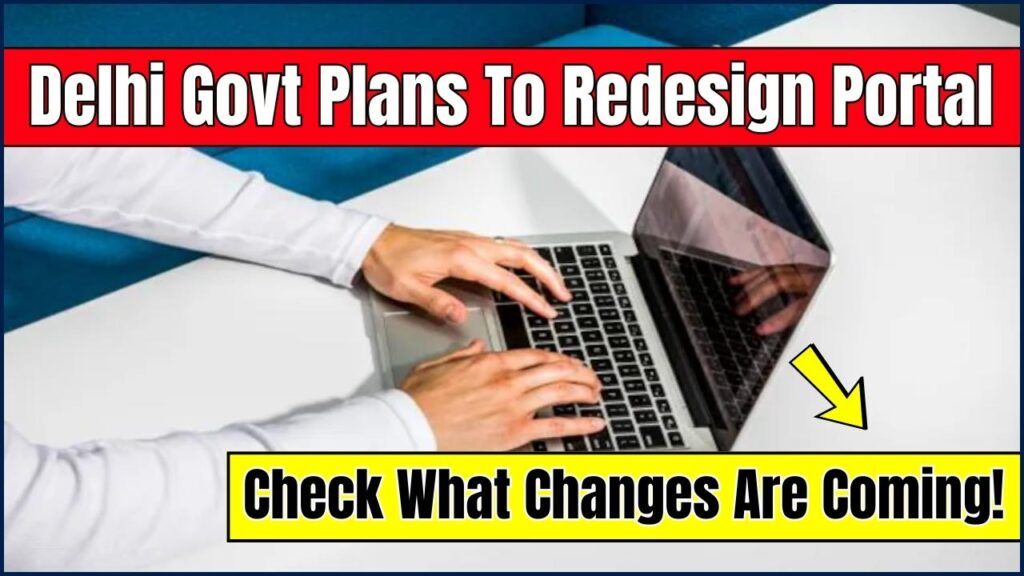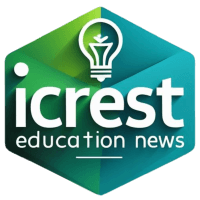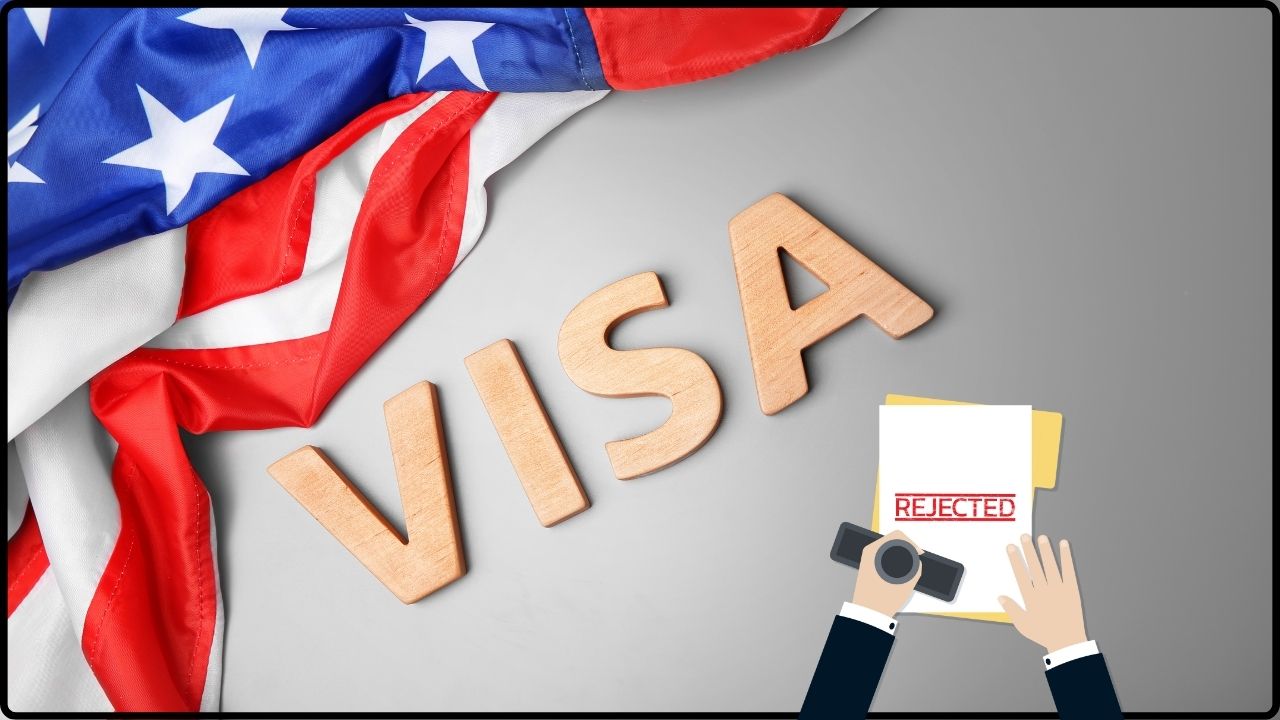Delhi Govt Plans To Redesign Portal: The Delhi government’s official website—Delhi.gov.in—is getting a complete digital makeover, and it’s not just about looks. This revamp is set to combine over 180 different department websites into one smooth, unified platform. That means easier access, faster loading, and a whole lot less frustration when you’re trying to get things done online.
Whether you’re applying for a birth certificate, checking your electricity bill status, or filing an RTI, the new portal will centralize everything in one place—and do it with style.

Delhi Govt Plans To Redesign Portal
| Feature | Details |
|---|---|
| Main Goal | Unify 180+ department websites into a single portal |
| Tech Used | Open-source Drupal CMS, scalable cloud infrastructure |
| User Load Capacity | Handles 10,000+ concurrent users |
| New Features | Google/Facebook login, mobile-friendly design, AI chatbot |
| Launch Timeline | Expected in 2025, in phases |
| Maintenance Support | 5 years by IT partner |
| Social Impact | Builds Unified Data Hub for welfare beneficiaries |
| Smart City Alignment | Connects with broader digital governance goals |
| Official Website | https://delhi.gov.in |
The Delhi government’s decision to redesign its main portal is a game-changer for e-governance in India. By streamlining services, integrating data, and focusing on real user needs, this initiative doesn’t just improve access—it redefines what public service looks like in a digital era.
Whether you’re a college student, a small business owner, or a retiree looking to check your pension status, the new Delhi portal will speak your language—literally and digitally.
Why a Portal Redesign Matters Right Now
Delhi’s digital infrastructure is well-used but badly fragmented. Over 180 department websites are live, but most are outdated, hard to navigate, and not mobile-friendly. As the capital’s population grows and demands modern governance, the government has realized that centralization and accessibility are non-negotiables.
Plus, more people today access services via smartphones than desktops. So, a mobile-first, responsive design is long overdue.
What’s Coming with the New Portal
A Friendlier Face and Simpler Navigation
The new portal will ditch the old-school government-site feel and introduce a modern, intuitive interface. You’ll get:
- Easy-to-read layouts
- Logical navigation menus
- A helpful chatbot assistant
- Quick search for services
This new look is geared toward every type of user—from digitally savvy Gen-Z folks to elderly citizens using a smartphone for the first time.
Real-Time Tracking and One-Click Services
Once you’re logged in (even via Google or Facebook), you’ll be able to track your application status, download receipts, and get notifications—just like ordering pizza or tracking a package.
Imagine this: You apply for a marriage certificate, and you get a real-time tracker showing which stage your request is in—no more guesswork or repeat visits to government offices.
How Different People Will Benefit – Real Life Scenarios
Senior Citizen – Savitri Devi (Age 68):
She wants to apply for a widow pension but doesn’t know where to begin. The AI chatbot on the new portal walks her through the steps and even helps her auto-fill forms.
Student – Arjun (Age 22):
He needs to apply for a scholarship and download his DTC pass. Instead of going to two different sites, he logs into the unified portal, finds both options under “Student Services,” and gets it done in 10 minutes.
Small Business Owner – Meena Kumari (Age 35):
She needs a trade license and wants to check on water tax compliance. The new portal offers a dashboard view with updates from the municipal department and license status at a glance.
Behind the Scenes – What Tech Is Powering the Portal
The backbone of this revamp is Drupal, an open-source content management system used by websites like NASA and the White House. It’s being hosted on a cloud environment, which ensures:
- High uptime (less downtime)
- Multilingual support (Hindi, Urdu, English, etc.)
- Accessibility compliance (screen reader friendly)
- Military-grade security protocols
With the ability to support over 10,000 users simultaneously, the portal will also be future-proof, scalable for even heavier traffic loads.
Unified Data Hub – The Heart of It All
One of the most ambitious parts of this redesign is the creation of a Unified Data Hub. This will:
- Link welfare data across departments
- Prevent duplication of benefits
- Speed up eligibility verification
- Enable data-driven policy tweaks
That means if you’re receiving benefits under one scheme, the system can cross-reference your eligibility for others—automatically.
This isn’t just cool tech—it’s a step toward intelligent governance.
How It Ties into Smart City Goals
This project isn’t happening in a vacuum. It’s closely aligned with India’s Smart City Mission and Digital India vision. Cities like Pune, Hyderabad, and even New York have already implemented such “One City, One Portal” strategies.
Delhi’s redesign could serve as a template for other Indian states, promoting interoperability, citizen trust, and transparent governance.
Potential Challenges the Govt Might Face
No transition is smooth sailing. Here are a few hurdles that might pop up:
- User resistance to the new layout
- Migration errors during data transfer
- Slow training for government staff to use the new backend
- High traffic on launch day crashing the system temporarily
To combat this, the plan includes phased rollouts, rigorous testing, and public beta versions.
Spotify’s New AI DJ Is Taking Song Requests – The Future of Music Is Here!
Google Just Blew Everyone Away at Android Show 2025 – Here’s Every Big Announcement
AI Search Engines Like SearchGPT Are Changing Everything – Check How Your Online Habits Are Affected
Public Feedback Will Be Crucial
The new portal will include a “Suggest an Improvement” feature where users can provide feedback, report bugs, or suggest features. This ensures the portal evolves with user needs and remains citizen-centric.
Frequently Asked Questions On Delhi Govt Plans To Redesign Portal
Q1: Do I need to create a new account?
Not necessarily. Your existing credentials may be migrated, but social login might ask for re-authentication.
Q2: What happens to old department websites?
They will eventually redirect to the unified portal after a transition period.
Q3: Will services like e-District and RTI be part of this?
Yes. These will be integrated for a seamless experience.
Q4: What if I don’t have access to the internet?
Offline help centers and kiosk support will still be available for those without devices or literacy skills.
Q5: Is there multilingual support?
Yes, content will be available in Hindi, English, and other regional languages to ensure maximum reach.











